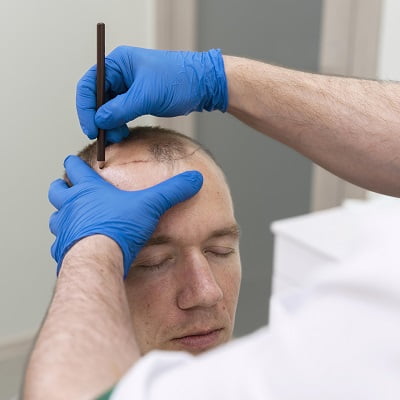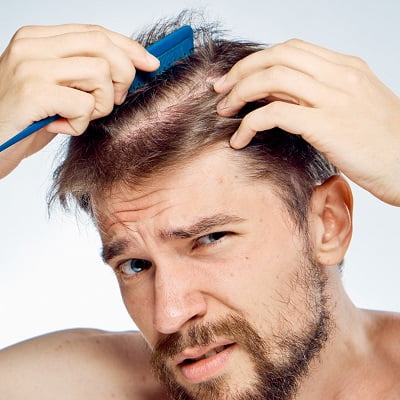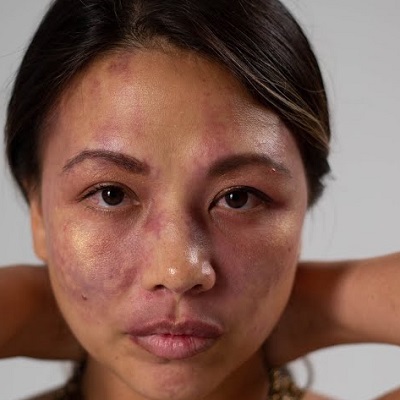Have you ever felt apprehensive about what would happen to your hairline post your Hair Transplantation? Most of us are intimidated to choose the right hairline. And the wrong selection is all that it takes towards an unnatural look. The anxiety might creep into your head. But don’t lose hope.
How surgeon select my perfect hairline before a hair transplant? The ideal hairline is determined in detail for each patient by the surgeon. His facial shape, age, and specific hair growth patterns are also considered. That way, a balanced result can be achieved. It’s good to get informed about them to be better prepared for what’s to come. With expert advice, you will be able to get the look you need to emphasize your features. Find the freedom of walking into the world knowing all is well with your hairline and feeling confident about it.
Hair Transplant and Result of the Treatment:
A hair transplant is one of the common treatments these days for hair loss. It simply refers to the process wherein hair follicles are transferred from one portion to another. The most commonly treated area is the scalp. Many people who desire to have this treatment do it to regain their hairline.
Over time, the results begin to show. Growth often occurs over months. Patients often see a fuller head of hair over a year. It may even last for several years.
Improvement in Confidence Most patients report greater confidence after the procedure. The natural appearance of the hairline is much more improved when it comes to the overall look. Transplanted hair may live for years if adequate care is provided. Hair transplantation can significantly improve both aesthetics and self-esteem.
How surgeon select my perfect hairline before a hair transplant?
Choices of hairlines in hair transplant depend on successful surgery. Surgeons follow a system of steps for the best outcome. First, they look at the shape of your face. Well-balanced hairlines fit your face very well.
Also, age and hair type are under consideration. Younger patients would want the younger type of hairline while older patients prefer a natural recession. The result is a natural look that could make you look perfect. With attention to detail, he carefully selects a hairline tailored just for you.
Understanding the Procedure:
- For starters, the surgeon assesses your facial features and hair loss pattern to develop the right hairline design for you.
- Local anaesthesia or numbing cream is administered to ensure you have little or no pain.
- Careful removal of hair follicles through small incisions preserves the tissue in the surrounding area, which heals better.
- Strategically, follicles are injected into the chosen hairline area to ensure a natural look as this hair grows.
- After the transplant, stitches will be closed and wound dressing will be applied. This will protect the treated areas and promote healing.
- Follow-up appointments are very essential to check on progress and healing.
Benefits of Personalized Hairline Selection
- The right hairline puts the icing on the cake as far as your outlook is concerned. This aesthetic advantage may boost your self-confidence immensely.
- A suitable hairline gives you the look of a younger person. The advantage of being told you look younger is not only mentally healthy but also boosts your levels of self-esteem.
- Personalized hairline selection will ensure that you achieve a natural look. It reduces the chances of an unnatural look significantly.
- Professional advice will ensure that the downtime after the procedure is banished. You can get back to doing everything you do in no time.
- An ideal design of your hairline gives you a feeling of possession. This power will give you an all-new perspective on life.
The Cost of Hair Transplant in Islamabad:
The cost of hair transplant treatment in Islamabad begins at PKR 85,000. However, there are a lot of variables that can affect this cost. The variety of veneers offered, the surgeon’s level of expertise, and the intricacy of the procedure can all affect a person’s costs. To obtain a specific quote, please speak with our staff.
Book Your Consultation Now!
Fill out a request below for a visit and receive special data about Hair Transplant Treatment. For an appointment, you may also call right away or chat with us.




















Book Appointment